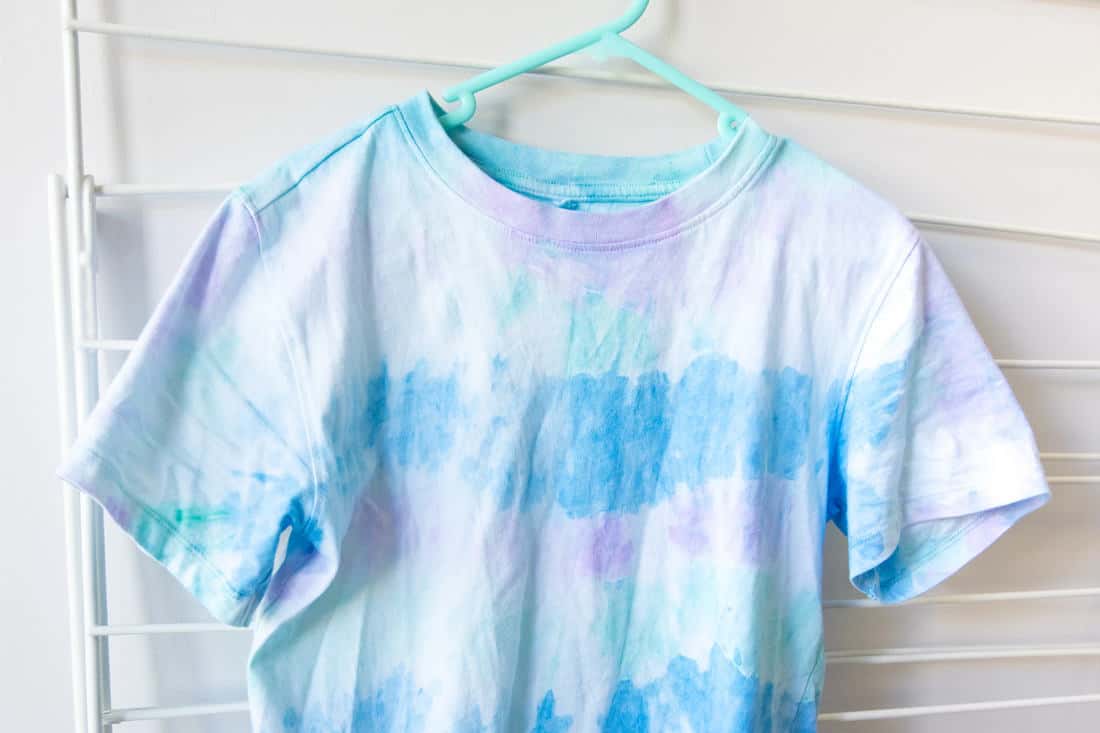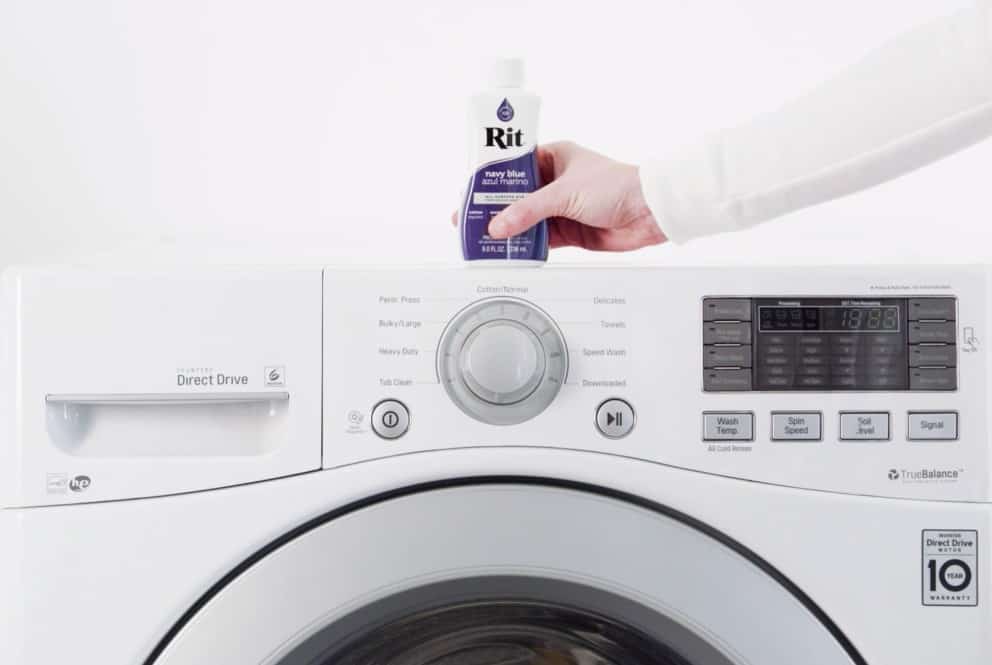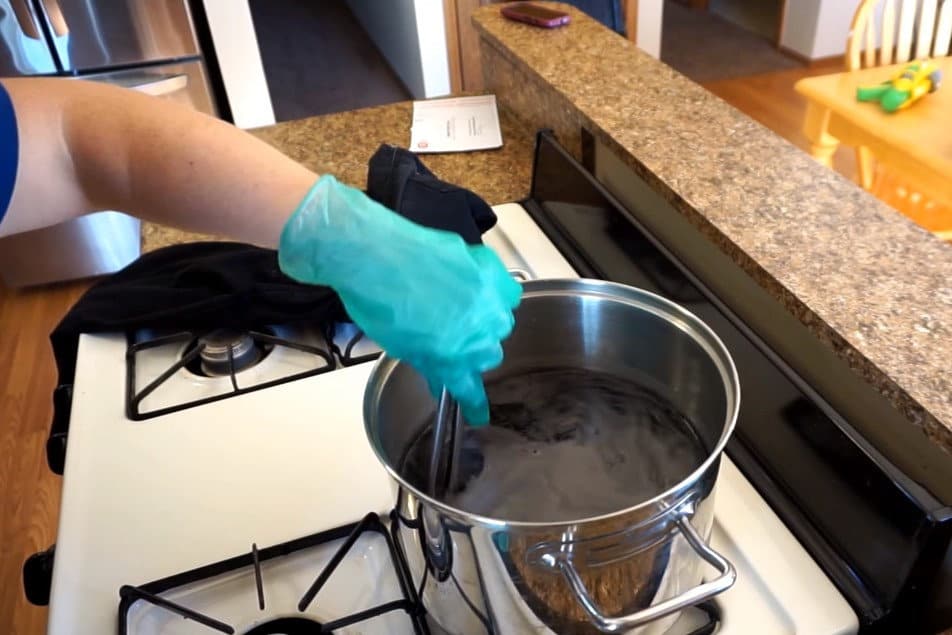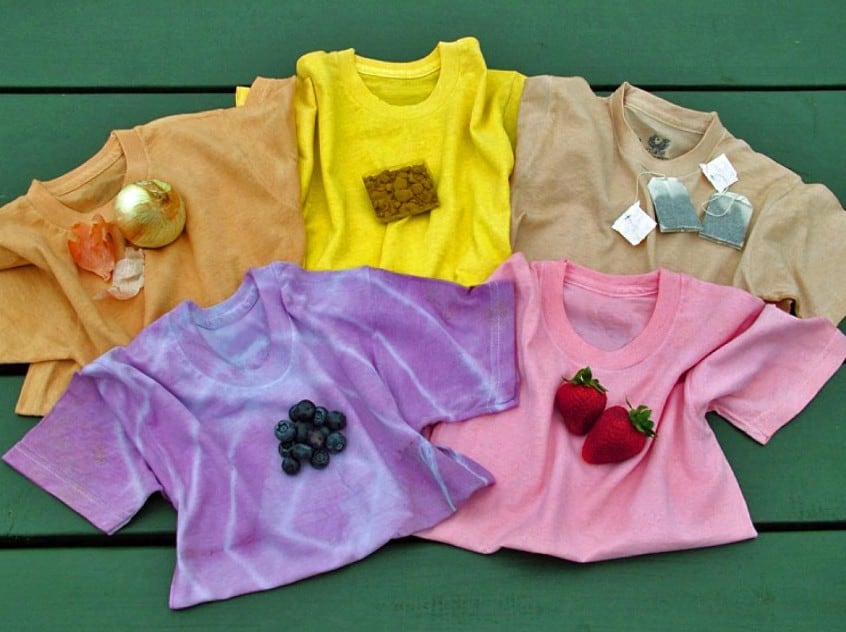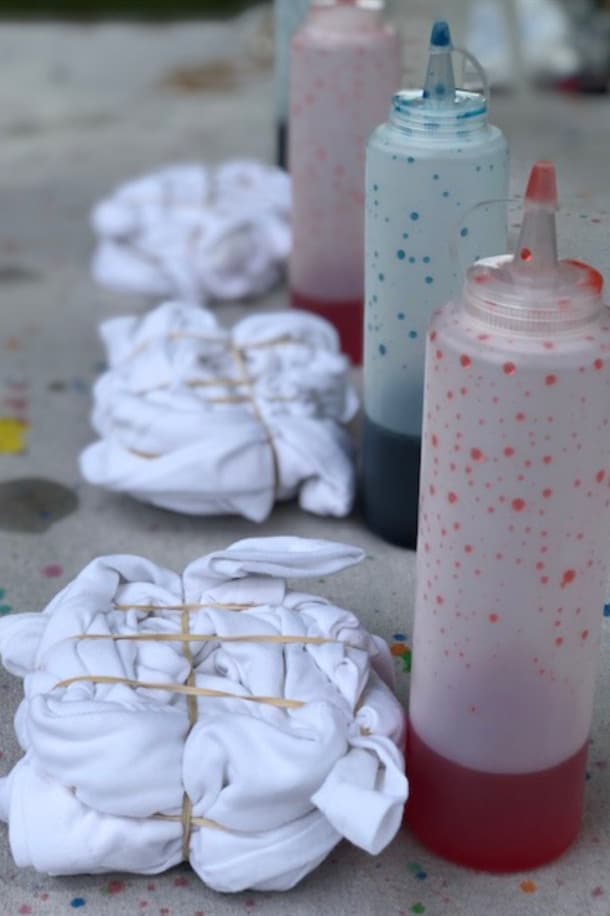Dying garments appears to be a simple process, but it is not. It is risky and challenging because, while dyeing might help the fabric look new, you may end up ruining the clothing rather than revitalizing them if you don’t do it correctly. Before you begin dyeing your clothes, you should first learn the fundamentals of this art.
What is dyeing?
Dyeing is the process of changing or renewing the color of clothes by allowing a dye to be absorbed into the fabric’s interior structure. Numerous products on the market can be used to color clothes. There are manufactured or commercial dyes, liquid dyes, powdered dyes, and even natural dyes.
Dyeing clothes in the washing machine
There are three available options to dye clothes. One of them is using the washing machine.
Step 1 – The first step to do is to wash your clothes using warm water and mild detergent. Don’t wait for them to dry. You need them wet. Make sure to remove any dried dirt or stains. If you are using store-bought dye, they usually come with instructions on how to use it. Follow the instructions written on the label.
Step 2 – Put hot water on the washing machine. Hot water will help the dye to dissolve. Use as hot water as possible, BUT make sure it doesn’t harm the cloth later on. The amount of water should be proportionate to the amount of dye needed for the number of clothing you plan on dying. Putting too much water will result in a watery dye solution that might give you a faded output.
Step 3 – While water is pouring into the machine, add the dye into it. By doing so, you don’t need to stir it because the movement of the water itself will do the task. Again follow the instructions on the packaging of the dye to get the perfect mixture. Every type of dye has a different way of using it.
Step 4 – Put salt into the dye bath if you are dyeing cottony or linen material. Use a cup of white vinegar for silk and nylon. The salt and that vinegar will act as the fixative that will aid in adhering the dye to the fabric.
Step 5 – After completing the dye bath, you can now add the clothes. Set the machine to 30 minutes. If you want a darker shade, you set it longer than 30 minutes. Make sure the clothes are wet so the color will set correctly.
Step 6 – After the set time, rinse the clothes in the machine to remove the excess dye mixture. Use warm water to draw water out faster.
Step 7 – After rinsing thoroughly, give the dyed clothes a normal wash with cold water and detergent. This process will clean the clothes off the dye bath and fixative. In addition, the cold water will aid in setting the dye more into the cloth. Make sure to wash them separately and hang them to dry.
Step 8 – Using hot water and bleach, remove any dye bath residue from your washing machine before doing your next load of laundry.
How to dye clothes using the stovetop
Step 1 – Cover the working area with a plastic tablecloth or a pile of papers to avoid the dye from dripping anywhere in the house. Dyeing clothes can be really messy, and it can stain your clothes and other surfaces if you’re not being careful. Set aside extra clothes, so you have something to wipe when needed.
Step 2 – Fill the pot with 2 gallons or 8 liters of water, then simmer it over medium heat. If you are dyeing more clothes and using more dye. You can add more water into it in proportion to the amount of dye and clothes. Make sure you are not overloading the pot. Make sure the clothes will be fully-soaked later.
Step 3 – When coloring natural clothes, add salt to the water while it is heating up, or vinegar for synthetic fabrics. The fixative property will aid in the color’s adhesion to the fabric.
Step 4 – When the water simmers, add the dye and stir it until it is fully dispersed in the water. Follow the steps on the packaging of the dye you used. You can use liquid dye or powdered dye. Both will yield the same quality if used correctly.
Step 5 – Submerged the clothes into the dye bath. Make sure all the parts of the cloth are soaked to achieve equal color. Use a spoon or a small stick to push the clothing into the solution. You can also stir the clothes to ensure no part of the cloth is left untouched by the dye bath.
Step 6 – Simmer the clothes for approximately one hour in the dye bath. Keep it at low heat, and do not cover the pot so the steam can go out. Stir the clothes from time to time to ensure equal dye distribution.
Step 7 – After an hour of soaking, rinse the clothes thoroughly with hot water in the sink and squeeze it to remove excess dye and water. The rinsing can take time as there will be a lot of colors to remove but don’t worry about it.
Gradually decrease the water temperature until all the dye residue is removed and the water runs clear. As a final rinse, use cold water to lock in the color.
Step 8 – Finally, put the clothes out to dry on a clothesline or drying rack. If you are hanging them indoors, place a cloth underneath to catch the dripping dye, which can stain your floor. Do not dry them using your machine’s dryer.
How to dye clothes using natural dye
Step 1 – Use paper or a drop tablecloth to protect your work area. Natural colors are just as likely to ruin your clothing and work surfaces as artificial dyes. Cover your work area to make cleanup easier and avoid stains. If you don’t mind having your clothes dirty, wear an apron.
Step 2 – Use soap or soda ash to clean the clothes you intend to color. Cashmere and silk can be washed with a light dishwashing solution and warm water. Wool should be washed with cold water.
Rinse the garment after soaking it in warm water containing soda ash and soda water. Make sure to soak the clothes for at least one to four hours. Keep them warm on the stove at a moderate temperature.
Step 3 – For 20 minutes, immerse the clothing in a mordant. Adding a mordant to the fibers enables the dye to stick to them. Turn off the heat and let the clothing and water cool in a large pot full of water and mordant for about 20 minutes.
Step 4 – Allow the clothing to soak for an hour in a fixative. To ensure that the dye doesn’t wash out of your clothes, use dye fixatives. The type of dye you use will have an impact on the best fixative.
Prepare a salt fixative if you will dye using berries. Adding salt to 2 liters of cold water makes a half cup of salt solution. Vinegar can be used as a fixative when creating dyes from other plants. White vinegar and cold water should be mixed together.
Step 5 – Before dyeing, wash the clothing in cool water. Rinse away the extra fixative and mordant by placing the garments in a cool water stream. The water should be clear after you’re done. As long as you’ve rinsed your garments, you’ll be able to color them right away.
Step 6 – Always use fresh, not dried, plant material. Dried plant material will like the result to be muted or no color at all. If you want to get the greatest colors, fruit and nuts need to be fully ripe, and flowers need to be in full bloom and after their life cycle. Harvesting begins as soon as the plant’s seeds, leaves, and stems are ready. To create a more vibrant or blended hue, combine different materials.
Step 7 – To expand your surface area, chop the plant material finely. Roots can be made fibrous by using a hammer on the tougher parts of the plant.
Transfer it to a stockpot of your choice. 2 parts water to 1 part plant material. It is recommended that you use a stockpot at least two times the volume of the clothing you intend to dye. If you’re dying a large number of garments, you may need to work in batches.
Step 8 – Simmer for at least an hour or overnight with the plants. Overnight in the water without heat is the best way to get the strongest coloring. Keep a watch on the mixture for up to four hours while it simmers. To achieve a deeper hue, cook the mixture for a longer period on the burner.
Step 9 – Remove the plant particles from the dye by squeezing them out. Remove the plant material from the liquid by passing the mixture through a colander. Return the dyeing liquid to your stockpot.
Step 10 – For 1-8 hours, let the garments soak in the dye solution. To ensure an even dye job, shake the garments a few times. Keep in mind that the color you see in the bath will seem lighter on the garments once they have dried.
One hour is required for the clothing to soak in the dye bath. The light-colored dye will be produced as a result. Soak the clothing in the dye solution for at least eight hours for rich color, ideally overnight.
Step 11 – Use cold water to rinse the colored fabric. Rinse the clothing in cold water to remove the extra color. Rinse them completely with clean water. To dry your clothes, you can use a dryer or the sun.
How to dye clothes using food coloring
You may color your clothes at home with food coloring, which is simple and economical. It’s also a terrific pastime to do with loved ones, whether you’re doing it alone or with a group. Color your garments with food coloring if you don’t have any fabric dye at home.
Step 1 – Add water to a large stockpot. Fill the kettle halfway if you’re dying a little piece of clothing. Fill the stock three-quarters full if you plan to dye a considerable amount of garments.
Step 2 – Fill the stockpot halfway with water, then add 4 teaspoons of food coloring per quart of water.
Step 3 – The suggested dosage is one cup of table salt per gallon of water. Use table salt to help the color attach to the fibers for a more dazzling finished product. To help the salt dissolve, gently stir the water with a spoon.
Step 4 – Bring the water to a boil in a large stockpot over high heat. Turn down the temperature to medium-low. The mixture has to be simmering at this point.
Step 5 – Submerge your garment entirely in the dye bath. In a dye bath that is simmering, stir the garment for 20 minutes.
Step 6 – Coldwater should be used to rinse the clothes after being washed in warm water to remove the color.
Synthetic fibers should never be dyed with food coloring. The colored apparel should be washed on its own so that it doesn’t bleed onto other clothing.
Conclusion
Everyone is free to dye their own clothes whatever they see fit. There are a variety of commercial and natural dyes available in stores that can be used to achieve the desired color using the methods described above. Just make sure you know how to dye clothes correctly in order to give your old items a new look rather than completely ruining them.

Jessica Oliver is a fashion enthusiast with more than ten years of experience in the industry. She previously managed her own clothing store in New York before becoming a mother of three. With a passion for sustainability and a desire to share clothing care and recycling tips.

